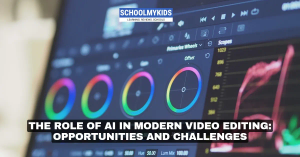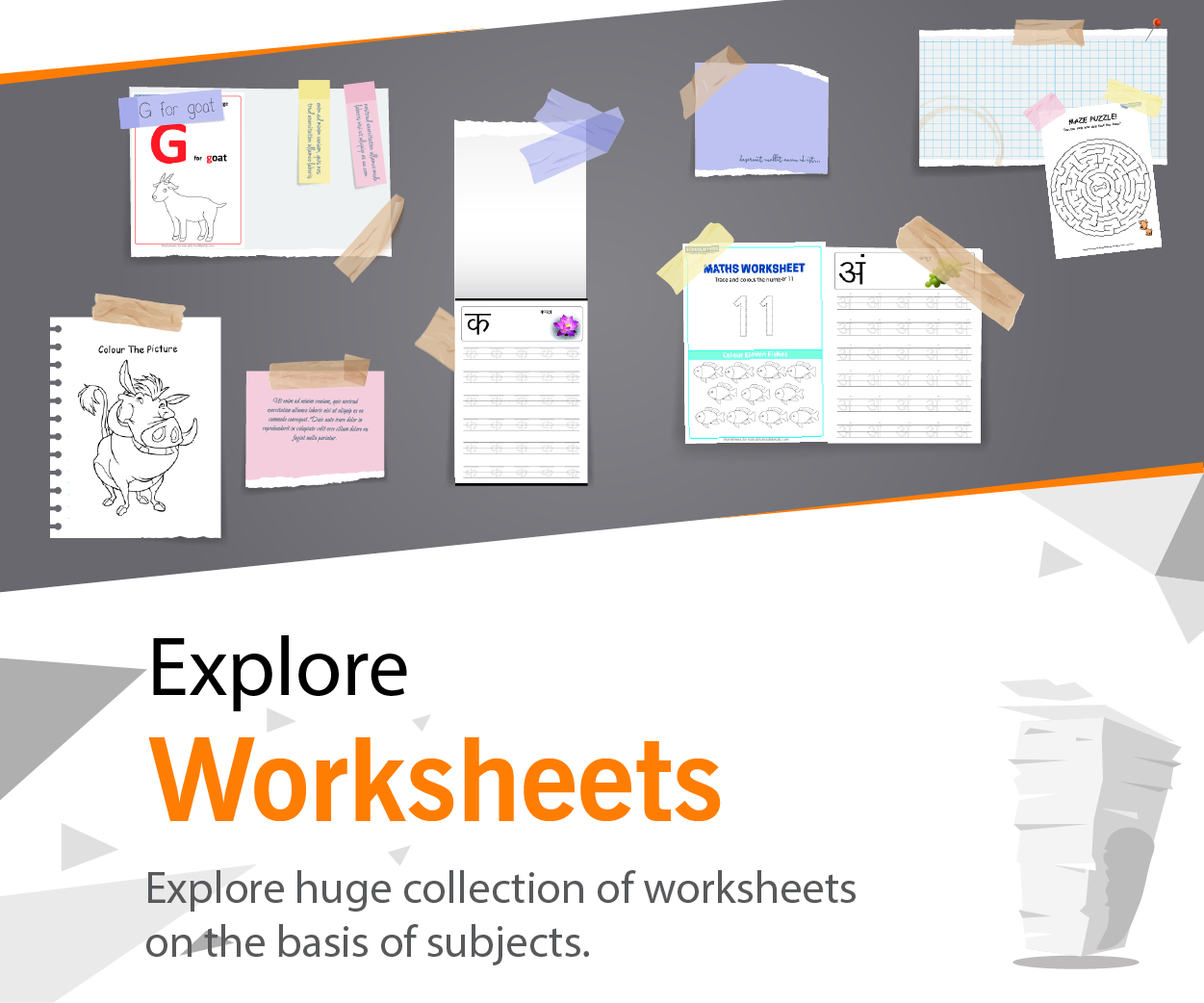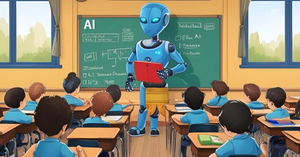Artificial Intelligence (AI) has revolutionized countless industries, and video editing is no exception. From automating mundane tasks to enhancing creativity, AI is transforming how content is created and consumed. However, alongside its vast opportunities, AI also introduces unique challenges that video editors must navigate.
Opportunities: How AI is Enhancing Video Editing
- Automation of Repetitive Tasks
- Improved Precision and Accuracy
- Smart Effects and Enhancements
- Streamlined Collaboration
- Automatic Captioning and Translation
- Content Analysis and Recommendations
- Real-Time Editing Assistance
Challenges: Navigating the AI Landscape in Video Editing
- Over-Reliance on Automation
- Learning Curve for AI Tools
- Cost Barriers
- Ethical Concerns
- Creative Limitations
- Dependence on Data
- Loss of Jobs and Skills
Future Trends in AI Video Editing
- Personalized Editing Styles: AI is increasingly enabling personalized editing styles by learning individual preferences and applying them to future projects, resulting in a more customized look and feel for each editor's work.
- Enhanced Virtual Reality (VR) Integration: The integration of AI in VR is making immersive video editing possible, allowing editors to create and manipulate 360-degree content with greater ease and precision, enhancing the overall viewer experience.
- Predictive Analytics for Viral Content: AI can analyze trends and audience engagement data to predict what types of content are likely to go viral, helping editors tailor their projects to maximize reach and impact.
- AI-Driven Storytelling: AI is advancing in understanding narrative structures, enabling it to assist editors in crafting compelling stories by suggesting edits, transitions, and even plot points that align with effective storytelling techniques.
- Voice and Gesture Control: Future AI tools are expected to incorporate voice and gesture controls, making the editing process more intuitive and hands-free, thus improving efficiency and user experience.
Top AI Tools for Video Editing
Video editing is being transformed by artificial intelligence (AI), which helps streamline workflows, enhance creativity, and improve efficiency for editors. Here’s a brief look at some of the top AI tools for video editing:
Adobe Premiere Pro:
Adobe Premiere Pro integrates AI through Adobe Sensei, which powers features like auto-reframing, color matching, and automatic scene detection. Auto-reframing intelligently resizes videos for different platforms, saving editors time when creating content for social media. Premiere Pro also offers AI-driven color correction and automatic transcription, making video content more cohesive and accessible.
DaVinci Resolve:
DaVinci Resolve uses the “DaVinci Neural Engine” for AI-powered features like facial recognition, object detection, and smart reframing. Its magic mask tool isolates objects or people for easier background adjustments, while intelligent noise reduction and audio enhancements help produce cleaner, more polished videos.
Runway ML:
Runway ML is an accessible AI video editing tool that offers features like background removal, style transfer, and green screen effects without requiring coding skills. It also emphasizes real-time collaboration, making it ideal for creative teams who need to work efficiently.
Magisto:
Magisto is designed for marketers and social media creators who need polished videos quickly. Its AI analyzes footage, detects key moments, and edits them into compelling narratives. Magisto automates much of the editing process, making it easy for users to create engaging promotional and social media content without specialized skills.
DeepBrain AI:
DeepBrain AI focuses on creating personalized, interactive video content using AI-generated avatars and text-to-speech technology. This tool is perfect for instructional content, virtual presenters, or product explainers, offering a highly engaging and scalable way to deliver content without needing human actors.
Balancing AI with Human Creativity
AI is a tool, not a replacement. To master modern video editing:
- Use AI to automate repetitive tasks and streamline workflows.
- Rely on human intuition for storytelling, emotion, and unique creative decisions.
- Stay updated on new AI tools and integrate them thoughtfully into your process.
Conclusion
These AI-powered video editing tools each bring unique strengths to the table, enhancing the editing experience in different ways—from automating repetitive tasks to improving storytelling with smart enhancements. By leveraging tools like Adobe Premiere Pro, DaVinci Resolve, Runway ML, Magisto, and DeepBrain AI, video creators can streamline their workflows, focus more on creativity, and produce high-quality content faster than ever before. The integration of AI in video editing not only saves time but also allows for more complex and dynamic edits, making it an invaluable asset for both beginners and professional editors.









Be the first one to comment on this story.